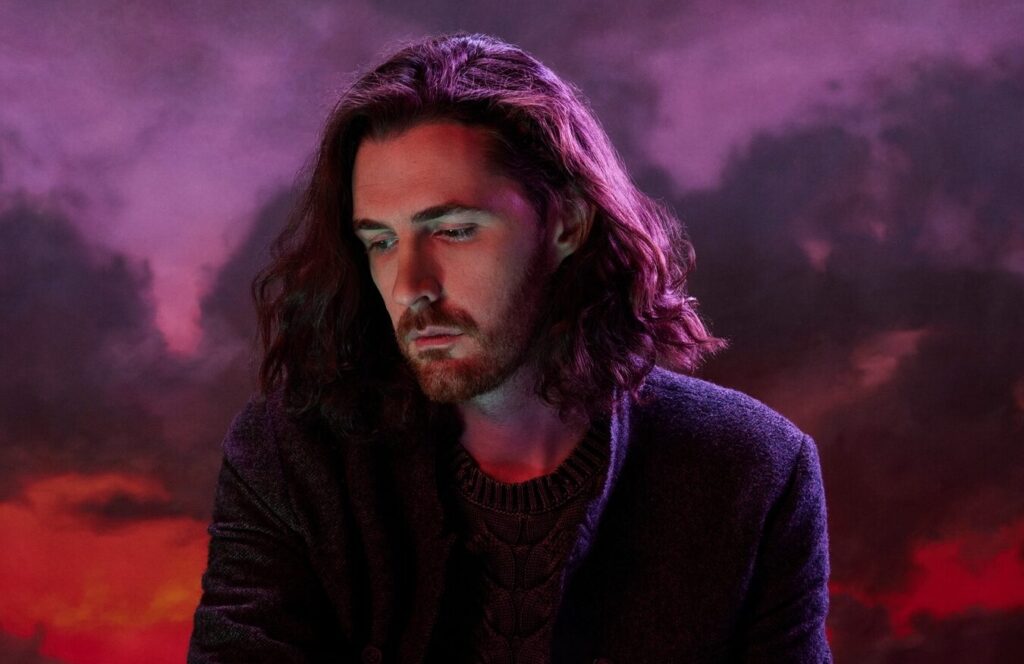Hey gang, welcome back to another edition of Pulp! I hope you’ve all enjoyed the Easter break – I know I have, sleep ins are the best – and I hope you’re keen to jump back in like I am. Funnily enough, this sudden turn to bad weather (at the time of writing, I’m pretty sure it’s rained literally all day) has meant that I’ve really been able to dive into my “to-read” pile and wrap my head around some of the best stories I’ve read in ages. This time around, I’ve picked up a title by DC’s resident master of prose Grant Morrison and classic Batman tale: Batman: The Return of Bruce Wayne.
Our ol’ mate Grant is known for his love of non-linear stories and boy, is this one a doozy. After the events of the cataclysmic Final Crisis event, Bruce Wayne is missing, presumed dead, after being blasted with (typically lethal) Omega Beams by the intergalactic super-super villain Darkseid. However, Batman being, well, Batman, isn’t dead – instead, he was blasted backwards through time, and awakens – sans memory – in an eerily familiar cave in the Palaeolithic Era.
Acting more on instinct than anything else, Bruce begins to fight his way through time, era by era – he adopts the persona of Brother Mordecai, a witch hunter in Colonial Gotham, fights Blackbeard in the age of pirates and investigates his own parents’ murder in an unnamed, Noir Gotham. All the while, his colleagues in the Justice League desperately track him through time, constantly one step behind, but determined to stop Batman from returning to the present lest Darkseid’s final revenge take place.
Explaining it all in summary makes it sound so much clearer than it actually is. Grant Morrison is the kind of writer that’s attracted a vast collection of fans – long time readers will remember that my colleague and co-writer Cameron was one – but I have to say that even after all this time I’m still sort of on the fence. It could well be that I’m just an uncultured, literaturephobe (is that even a word?), but I often feel that I’ve missed something important once I’ve finished reading, or that large portions of the story have simply flown over my head. I suspect part of that is due to Morrison’s love of digging up old or super-obscure characters and re-using them – for example, one of his most well-known villains, Dr Simon Hurt, first appeared as a one-off, nameless psychologist literally decades ago. He’s not the kind of author that will let you take things at face value; he’ll quite frequently bury plot points under layers of metaphor and implications, which inevitably leads to multiple re-reads to fully appreciate the story. It’s a very psychological story – though perhaps not as much as its predecessor, Batman RIP (also written by Morrison) – and seems to be standard Morrison fare.
Given that the book has twelve – twelve – artists, it’s safe to say that the art is pretty varied. Each era has its own art style, with some changing slightly part way through. Some styles work better than others – the Colonial art style is very off-putting, while the pirate-era art is great – but given the sheer number of people involved, I’m really not surprised that some styles appeal more. To be honest, I wouldn’t recommend any of Morrison’s work to a new comic reader. To be honest, I’d classify his work as the “hard mode” of comics; once you’re used to the medium, I say dive in, but until you’re at a certain level of knowledge and understanding, Morrison’s probably not the best writer to start with.
Written by Alastair McGibbon





